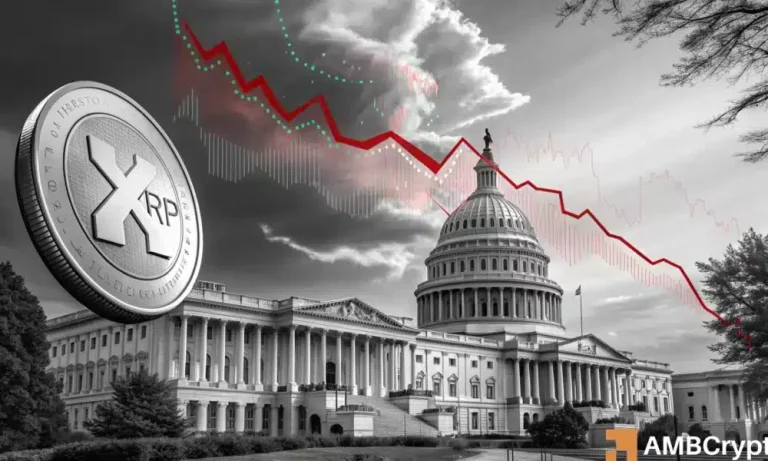
US Treasury and IRS Open the Door for Crypto Staking in Exchange-Traded Products
The U.S. Treasury Department and the Internal Revenue Service (IRS) have introduced groundbreaking guidance that clears the way for exchange-traded products (ETPs) to engage in crypto staking activities. This regulatory shift aligns with the rapidly evolving digital asset industry, benefiting investors and fostering innovation. Here’s everything you need to know about these changes and their impact on crypto investments.
What Investors Should Know About the New Crypto Staking Rules
Announced on November 10, 2025, the new regulatory framework allows crypto ETP issuers—such as those managing Bitcoin or Ethereum exchange-traded funds (ETFs)—to participate in staking activities for proof-of-stake (PoS) digital assets. This move enables ETPs to support blockchain networks by staking, all while sharing staking rewards with investors. According to Treasury Secretary Scott Bessent, this step aims to expand investor access to blockchain-based earnings, increase innovation, and maintain the U.S.’s leadership in blockchain and cryptocurrency technology.
For those unfamiliar, staking is the process of locking digital assets on a blockchain network to help validate transactions and earn rewards in return. Under the updated framework, staking rewards will now be treated similarly to dividends from traditional funds, opening a new income avenue for retail investors.
How This Could Transform the Crypto ETF Market
Previously, U.S. regulations restricted ETPs to holding digital assets passively, offering limited income opportunities. The new guidance empowers these funds to generate staking returns, making crypto-focused ETFs like Ethereum-based offerings more attractive. Notably, the rewards generated via staking will be classified as taxable ordinary income for investors, but they will also eliminate double taxation for fund issuers if guidelines are strictly adhered to.
The transformation is likely to appeal to both institutional and retail investors. Many experts anticipate significant growth in demand for proof-of-stake tokens like Ethereum (ETH) and Solana (SOL). With exposure to such tokens now accessible through traditional brokerage accounts, crypto’s reach has expanded beyond tech-savvy crypto enthusiasts.
Rising Demand for Staking Tokens
As staking becomes mainstream, funds using staking protocols must maintain transparency and provide clear risk disclosures. Risks include slashing, where validators lose part of their stake due to failures or malicious behavior. While crypto ETFs provide significant earning potential, investors must weigh these risks carefully.
Recommended Product: Ledger Nano X Crypto Wallet
For those who wish to explore independent staking opportunities, a secure crypto wallet is essential. The Ledger Nano X is a highly-recommended hardware wallet for securely storing and managing cryptocurrencies. With support for over 1,800 coins, it’s an excellent option for those looking to take control of their digital assets while also participating in staking activities.
Conclusion: A New Era for Blockchain Investment
The Treasury and IRS guidance is a monumental step forward for the cryptocurrency industry. By providing clarity on staking rewards, this move invites more trust and participation from mainstream investors. This market shift benefits both seasoned crypto enthusiasts and newcomers seeking exposure to blockchain-based returns.



